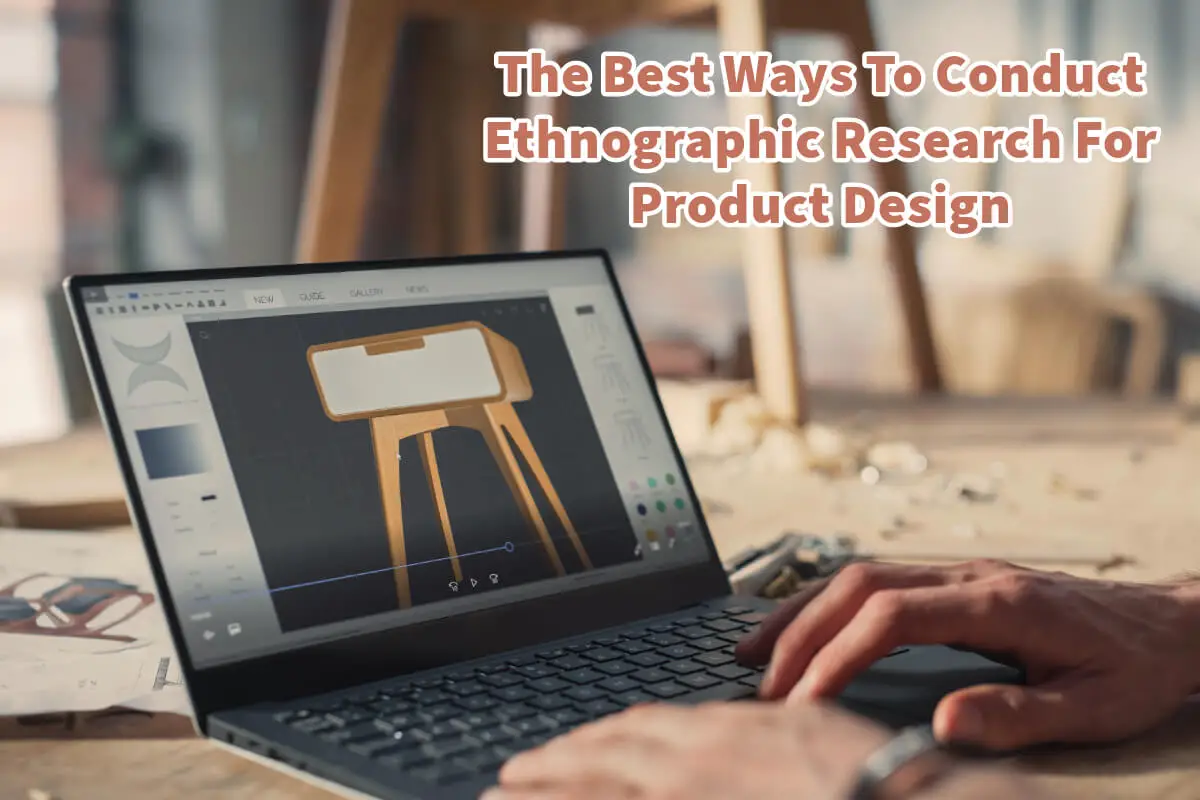A proficient product designer is both a creator and an adept researcher. Ethnographic research is an essential aspect of their research toolkit, crucial for understanding the deeper context and nuances of user behavior and preferences.
However, effectively integrating this research into product design is an art. In addition to this research-oriented approach, experienced designers often complement their findings with a gut feeling that further refines and enhances design decisions.
Table of Contents
- What Are The Best Ways To Conduct Ethnographic Research For Product Design?
- Ethical Considerations
- The Intuitive Genius Of A Great Producer-Designer: Trusting The Gut In A Data-Driven World
- Experience: The Foundation Of Gut Feeling
- Related Content
What Are The Best Ways To Conduct Ethnographic Research For Product Design?
Ethnographic research in product design is a method rooted in anthropology that involves observing and interacting with a user group to understand their culture, behaviors, needs, and motivations regarding a product or service.
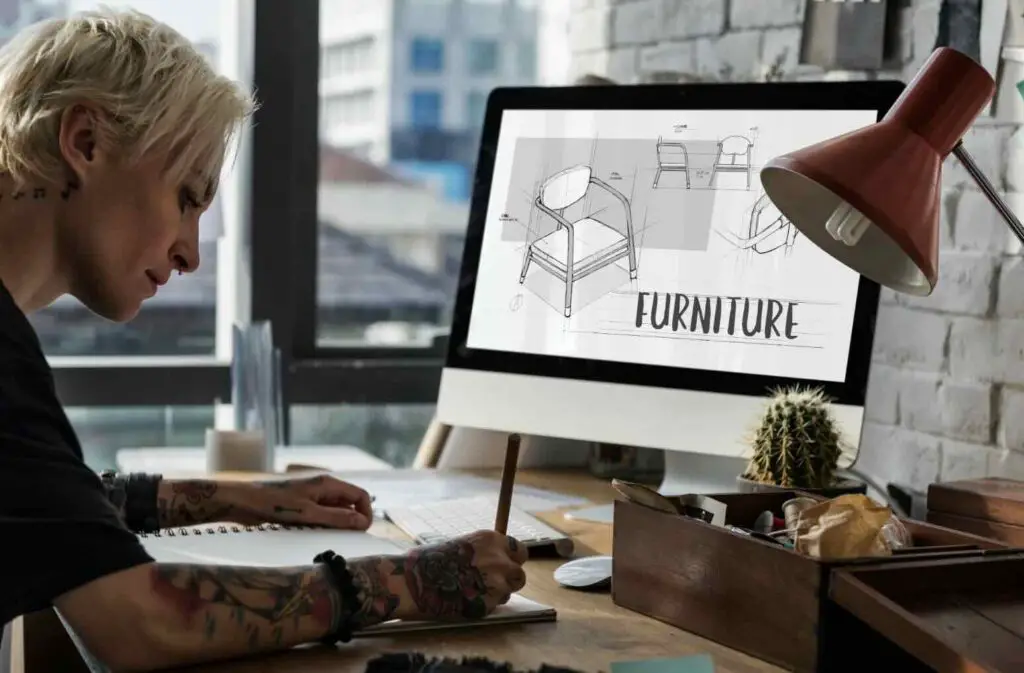
This approach can provide deep insights that inform design decisions. Here are the steps you would typically follow:
1. Define The Research Objectives
- Identify the problem you want to solve or the aspect of user behavior you wish to understand.
- Set clear objectives for what the research should achieve.
2. Research Planning
- Select the setting where you will observe the participants. This setting should be natural for the user’s interaction with the product or service.
- Determine the participants you will study. They should represent a cross-section of your target user base.
- Obtain necessary permissions from stakeholders and participants, ensuring you follow ethical guidelines and privacy laws.
- Choose methods of data collection, like observation, interviews, and surveys.
3. Data Collection
- Engage in participant observation, where you immerse yourself in the users’ environment to observe behaviors and interactions.
- Conduct interviews to gather personal insights and anecdotes that might not surface through observation alone.
- Use surveys to collect data from a larger group when necessary.
- Document findings through notes, audio recordings, photographs, or videos (with consent).
4. Data Analysis
- Transcribe and organize your notes and recordings.
- Look for patterns and themes in the data that relate to your research objectives.
- Qualitative data analysis methods such as coding and thematic analysis are used to interpret the data.
5. Synthesize Findings
- Develop personas to represent different user types observed during research.
- Create journey maps to visualize the user’s experience with the product or service.
- Identify pain points and opportunities for improvement or innovation in your product design.
6. Communicate Insights
- Prepare a report or presentation summarizing the research process, findings, and actionable insights.
- Use storytelling to make the data compelling and relatable to stakeholders.
- Recommend design changes or new features based on your findings.
7. Apply Insights To Design
- Iterate on product design, incorporating the insights gained from the research.
- Prototype and test these new design features, ideally with users from your research, to validate changes.
8. Evaluation And Refinement
- Assess the effectiveness of changes by collecting feedback from users.
- Refine the product design continuously based on ongoing user feedback and ethnographic study.
Ethical Considerations
A good product designer will also consider all ethical considerations when designing a product. Here are some of the ethical considerations.
Informed Consent: Ensure that participants are fully aware of the research scope and give their consent.
- Anonymity and Confidentiality: Protect the identity of the participants and the confidentiality of the data collected.
- Respect and Non-Interference: Be respectful to the community you are studying and avoid interfering with their daily lives.
Ethnographic research is iterative, not necessarily linear, and requires flexibility to adapt to new insights and situations as they arise during the study. It is a powerful tool for human-centered design, ensuring product designers create solutions that align with their users’ needs and wants.
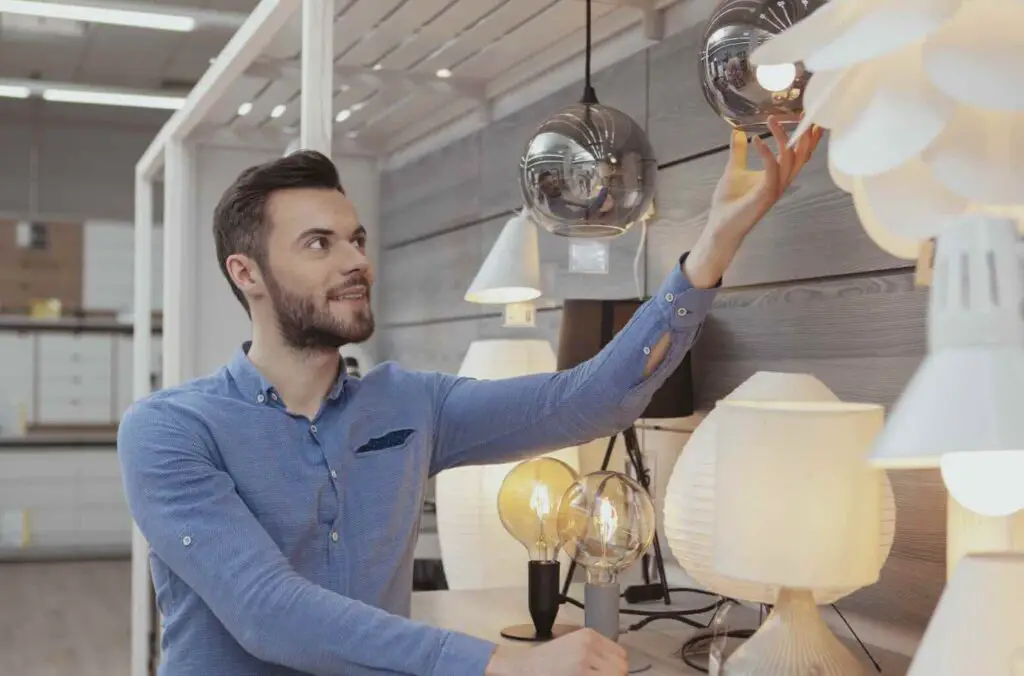
The Intuitive Genius Of A Great Producer-Designer: Trusting The Gut In A Data-Driven World
In an era where data reigns supreme, the role of intuition in the creative process of production and design often gets overshadowed. However, I am a staunch believer in the unique blend of data analysis and gut instinct that characterizes a great producer or designer.
This belief stems from a deep understanding that while data provides invaluable insights, the gut feeling, honed by years of experience and a profound understanding of the industry, often leads to groundbreaking successes.
The Unseen Power Of Intuition
The journey of a producer or designer is laden with decisions – some straightforward, others incredibly complex. In these moments, the sheer volume of data can be overwhelming, leading to analysis paralysis.
Here, the seasoned intuition of a great designer or producer comes into play. This intuition is not a mystical force but a subconscious synthesis of years of experience, failures, successes, trends, and subtle cues that the conscious mind may overlook.
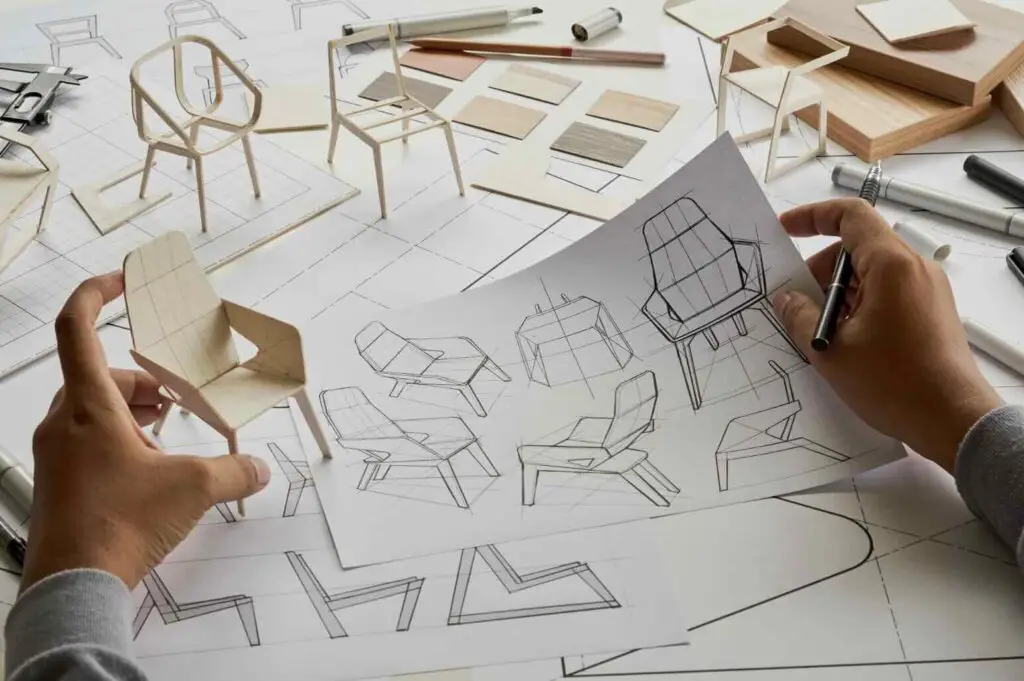
Experience: The Foundation Of Gut Feeling
This gut feeling is not something one is born with; it’s cultivated over years of immersion in the industry. Each project, each challenge, and each success adds a layer to this intuitive knowledge.
It’s an understanding so deep that it often bypasses conscious thought and manifests as a ‘feeling.’ This feeling is the mind’s way of instantly processing many variables and past experiences, leading to decisions that may seem unorthodox or contrary to prevailing data but are often precisely what is needed.
Beyond The Numbers
While data is critical for understanding trends, demographics, and preferences, it can’t always measure consumer behavior’s emotional resonance or subtle undercurrents.
A great producer or designer understands this limitation. They know that what works on paper sometimes doesn’t resonate in the real world. Their gut feeling acts as a compass, guiding them through uncharted creative territories, often leading to innovative and groundbreaking ideas that data alone couldn’t have justified.
The Balance: Data And Intuition
Of course, this does not undermine the importance of data. The most successful producer-designers masterfully balance complex data with their intuitive insights.
They use data to inform and guide their intuition, not replace it. This balance sets visionary creators apart – they know when to rely on statistics and when to trust their gut.
The magic of a great producer or designer lies in their ability to trust their gut – an ability that is only sharpened by experience and deep industry knowledge. This gut feeling, often overlooked in our data-driven world, is the secret ingredient that drives innovation and creativity.
It’s a reminder that, in our digital age, the human element—intuitive, experiential, and sometimes inexplicable—remains a powerful tool in creation.
Listen To Our Podcast About Design Insights: Navigating Ethnographic Research for Product Innovation
Below or By clicking here.
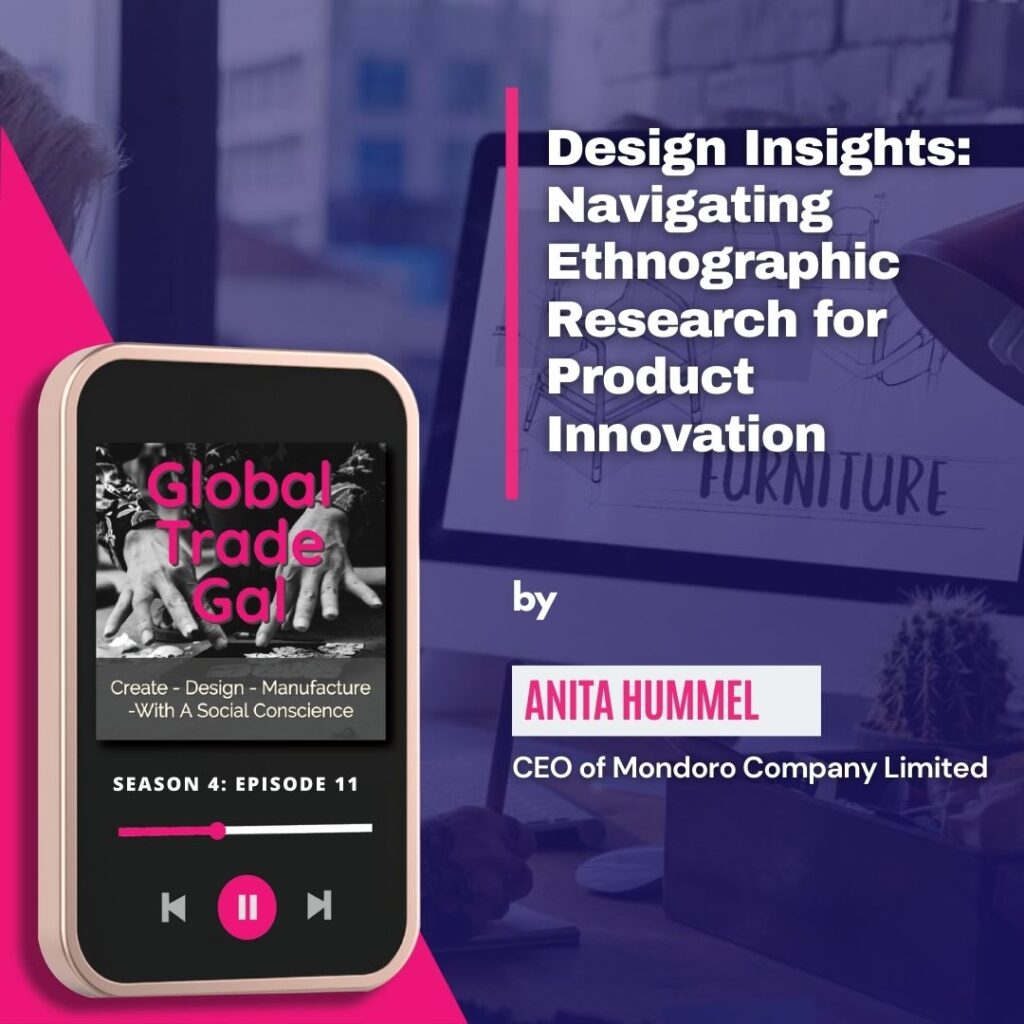
Find out more about how Mondoro can help you create, develop, and manufacture excellent home decor and furniture products – don’t hesitate to contact me, Anita. Check out my email by clicking here or become a part of our community and join our newsletter by clicking here.
Mondoro gives out a FREE Lookbook to anyone interested. You can receive a copy of our latest Lookbook by clicking here.
Listen to our Podcast called Global Trade Gal. You can find it on all major podcast platforms. Try out listening to one of our podcasts by clicking here.
Subscribe to our Mondoro Company Limited YouTube Channel with great videos and information by clicking here.
Related Content
Is Real Wood Furniture Worth The Extra Cost?
Real wood furniture costs can vary due to the types of solid wood being used and the grade of the wood. Not all real wood furniture is worth the extra cost, especially if the wood they use is substandard and poorly constructed.
You can discover more by reading Is Real Wood Furniture Worth The Extra Cost? by clicking here.
What Color Is Expresso Furniture?
The Expresso color in furniture is a black-brown color with some red and gold highlights showing through the color. The expresso color furniture can look more like indirect brown light and more like black in a dimly lit room.
You can discover more by reading What Color Is Expresso Furniture? by clicking here.
Is Horsehair Used In Upholstery?
Horsehair is found today in mainly antique furniture that has been restored. You can still purchase horsehair or horse and hog hair to upholstery your antique furniture piece. Today most sofa and cushion manufacturers will use polyurethane foam, down, and feathers, not horsehair.
You can discover more by reading our blog, Is Horsehair Used In Upholstery? by clicking here.

